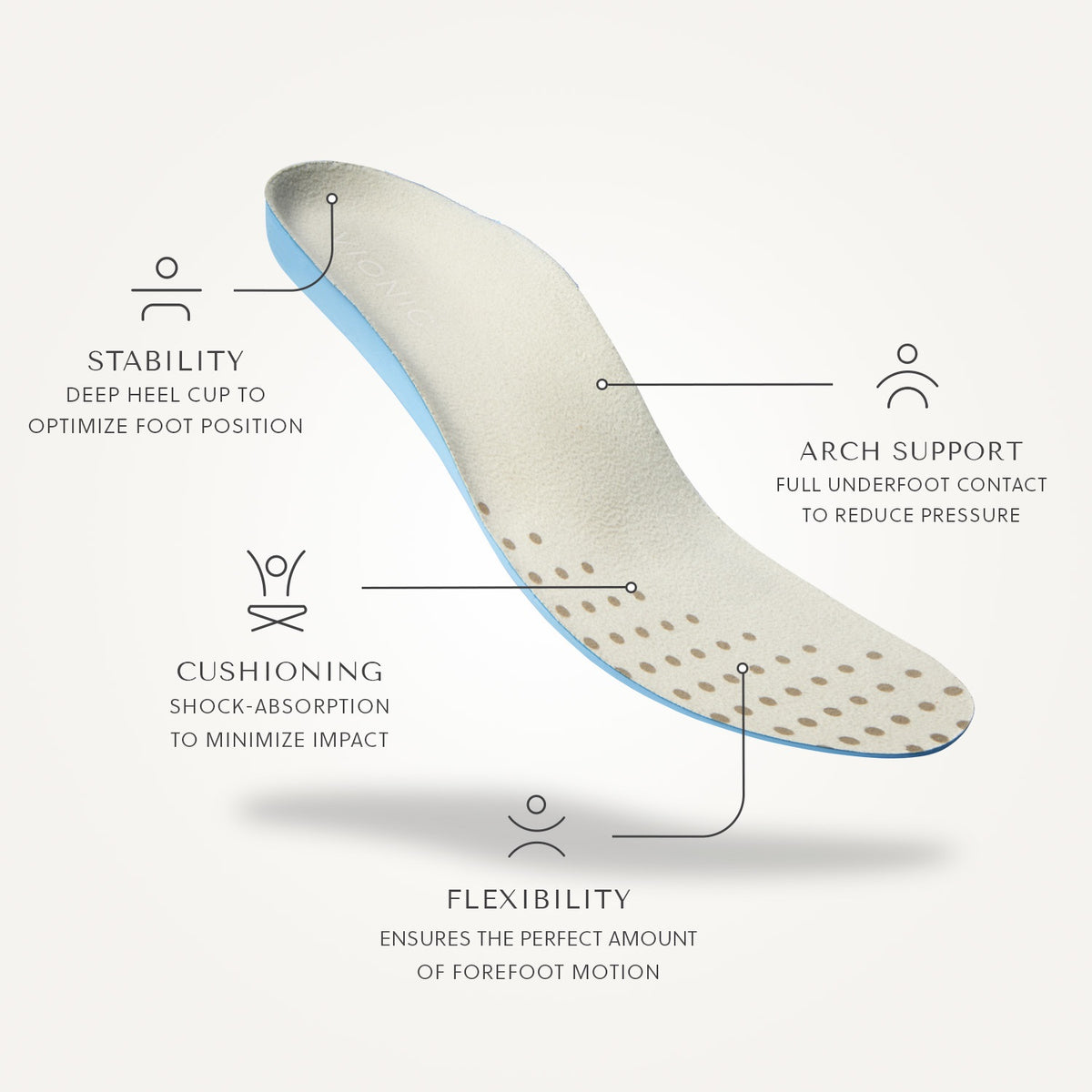The Perils of Going Barefoot with Plantar Fasciitis: Protect Your Feet, Heal with Care

Introduction:
Plantar Fasciitis is a common and often painful condition that affects the plantar fascia, a band of tissue connecting the heel to the toes. People suffering from this ailment often experience sharp pain in the heel or arch of the foot, particularly in the morning or after prolonged periods of rest. While some may consider going barefoot as a way to alleviate discomfort, it can actually worsen the symptoms and delay the healing process. In this blog post, Lucky Shoes will explore the reasons why going barefoot is not advisable for individuals with plantar fasciitis.
Lack of Proper Support:
One of the primary reasons to avoid going barefoot when you have plantar fasciitis is the lack of proper support. Shoes, particularly those designed for individuals with this condition, provide essential arch support, cushioning, and stability. The Hoka Bondi 8 from Lucky Shoes is a great example of a shoe that one can wear to help support the foot with proper arch support, cushioning, and stability. These features help to distribute the pressure evenly across the foot, reducing the strain on the plantar fascia. Going barefoot, on the other hand, exposes the foot to hard surfaces and provides no additional support, leading to increased stress on the inflamed tissue.

Increased Strain on the Plantar Fascia:
Walking or standing barefoot puts excessive strain on the plantar fascia. The absence of cushioning and shock absorption exposes the already tender tissue to impact and pressure from the ground. This can exacerbate the inflammation, leading to heightened pain and a prolonged recovery period. This is why Lucky Shoes recommends that even at home, wearing proper footwear will help heal plantar fasciitis. The Gemma Slipper by Vionic at Lucky Shoes is a great supportive slipper option to wear at home. It is crucial to provide proper support and protection to the affected foot to minimize strain and allow for healing.

Risk of Further Injury:
Walking barefoot increases the risk of further injury for individuals with plantar fasciitis. Without the protective barrier of shoes, the foot is vulnerable to sharp objects, even surfaces, and accidental impacts. Stepping on a pebble, glass shard, or any other foreign object can cause a sudden increase in pain and potentially lead to additional complications. Lucky Shoes carries Dansko, a brand that specializes in stability and arch support. The Dansko Paisley at Lucky Shoes is a great outdoor shoe that features an immense amount of stability for the foot, even on uneven surfaces. Wearing supportive footwear acts as a shield, reducing the likelihood of such injuries, and providing an extra layer of safety.

Impact on Gait and Alignment:
Plantar Fasciitis can affect your natural gait and foot alignment. The pain and discomfort associated with the condition may cause you to adjust your walking pattern or favor the unaffected foot, leading to an uneven distribution of weight. Going barefoot further disrupts your gait, potentially causing imbalances and strain on other parts of the body, such as the knees, hips, and lower back. That is why Vionic is a very important brand at Lucky Shoes. Items like the Vionic Cheryl II are not only trend-right, but feature a Vionic arch support that properly aligns your entire body. By wearing supportive shoes, you can maintain a more balanced gait and promote proper alignment, reducing the risk of secondary issues.

Limited Shock Absorption:
One of the functions of footwear is to absorb shock while walking or engaging in physical activities. Well-cushioned shoes help to distribute the impact forces and reduce stress on the plantar fascia. The Oofos Ooriginal at Lucky Shoes is a recovery sandal that provides cushioning and support, and in turn, shock absorption when walking. Going barefoot provides no cushioning, which means your feet bear the full brunt of each step. This lack of shock absorption can intensify the pain and delay the healing process, as the inflamed tissue is continually subjected to jarring forces.

Conclusion:
While it may seem appealing to walk barefoot when dealing with plantar fasciitis, it is crucial to prioritize the health and healing of your feet. Going barefoot exacerbates strain, increases risk of injury, disrupts gait and alignment, and lacks the necessary support and shock absorption. Instead opt for footwear from Lucky Shoes that is specifically designed for individuals with plantar fasciitis, proving ample arch support, cushioning, and stability. By protecting your feet and promoting a healthy environment, you can expedite recovery and alleviate discomfort in the long run. Remember, the path to healing begins with every step you take.